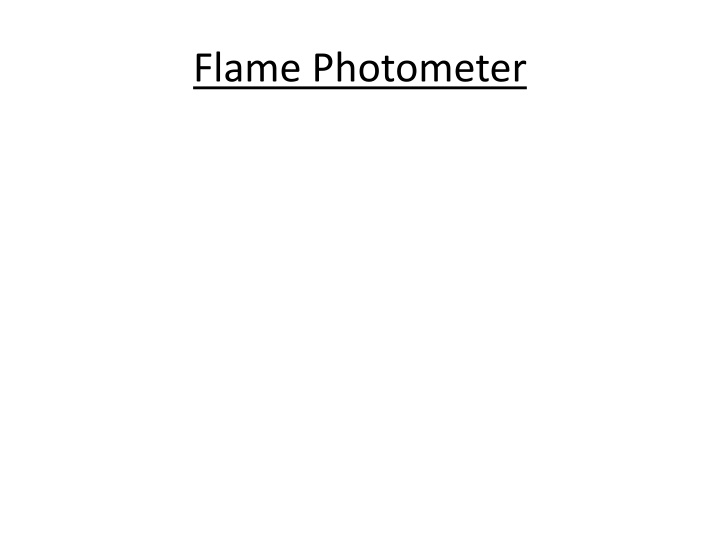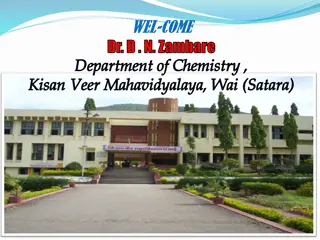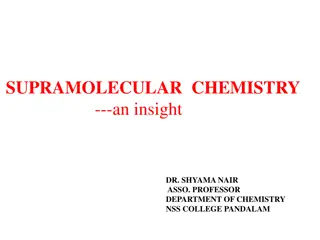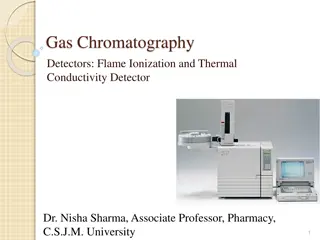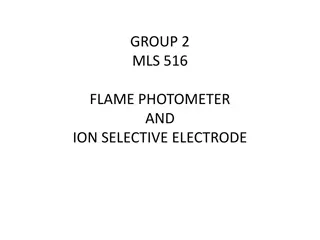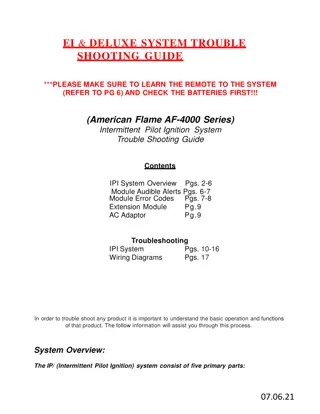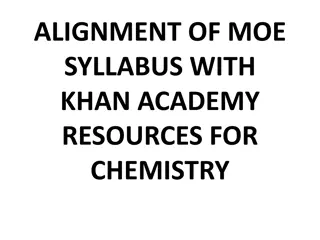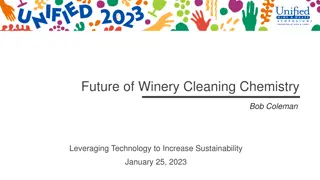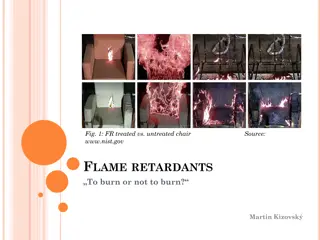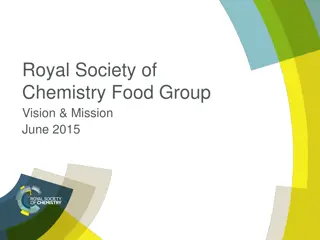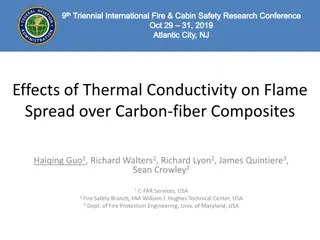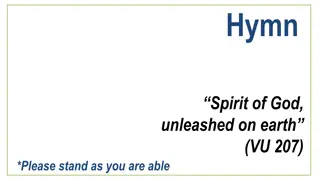Flame Photometer in Chemistry
Flame photometer is a vital tool for analyzing sodium, potassium, calcium, and lithium. It consists of a nebulizer, flame, lens, filter, detector, and galvanometer. The emitted radiation passes through a lens, slit, filter, and detector to provide readings. The flame temperature transforms samples from liquid/solid to gas, decomposes compounds, and excites atoms to emit radiation. The process involves vaporization of water/solvent, dissociation of molecules into atoms, atom combinations, and ionization. It highlights the absorption of energy by metal atoms/molecules in the flame.
Download Presentation

Please find below an Image/Link to download the presentation.
The content on the website is provided AS IS for your information and personal use only. It may not be sold, licensed, or shared on other websites without obtaining consent from the author.If you encounter any issues during the download, it is possible that the publisher has removed the file from their server.
You are allowed to download the files provided on this website for personal or commercial use, subject to the condition that they are used lawfully. All files are the property of their respective owners.
The content on the website is provided AS IS for your information and personal use only. It may not be sold, licensed, or shared on other websites without obtaining consent from the author.
E N D
Presentation Transcript
A simple flame photometer consists of a nebulizer, flame, lens, a screen with a slit, filter, detector and galvanometer.
Emitted radiation from the flame passes through a lens which renders it parallel and through a slit to produce a narrow beam. It then passes through a filter which allows only the line of the test element to pass through to the detector (photocell) and a galvanometer which gives the reading. The flame is surrounded by a chimney to protect it from drought. It is primarily used for analysis of sodium, potassium, calcium and lithium.
It transforms sample from liquid or solid state to gaseous state.
It decomposes molecular compounds into simpler molecules or atoms.
Water or solvent vaporized, leaving minute particles of dry salt.
Salt vaporized; part or all gaseous molecules dissociated into ground state atoms.
Some atoms combine with radicals or atoms in flame gases.
Vapours of ground state metal atoms or molecules containing the atoms absorb energy from flame excited. Some ionization may occur.
excess energy. E1 E2 = h. Return may be in one step or in several steps. Most prominent line is equivalent to the lowest excited level and ground state.
The one with total internal combustion or direct aspiration; aspirates all the solution into the flame.
the solution goes through a chamber where the large drops are removed and only the fine droplets mix with the flame gases and go into the flame.
Large droplets are not completely vapourized; leaves solid particles in light path which scatter light which is recorded as absorption (error).
Nebulization efficiency is greatly affected by viscosity of sample.
Absorption is proportional to gas flow than in pre-mix.
Viscous liquid and high solids can be aspirated.
Fine droplets which are easily vapourized.
Combustion is very quiet while total internal combustion is noisy.
molecular band emission with d.c. source but is eliminated with a.c. If molecule absorbs source radiation, positive interference in AAS is minimized by using line source.
than 300 nm with high salt solution. Measure absorbance at a line close to line of element to get background absorption subtract, since interference over broad area.
Compounds formed with flame gases e.g. MO, MOH etc. use hotter flames to decompose e.g. nitrous oxide- acetylene or air-acetylene.
absent, chemical form does not matter. Hence, it is used in biological samples blood, urine, csf etc. Aspirate directly or after suitable dilution into flame to prevent clogging of burner.
